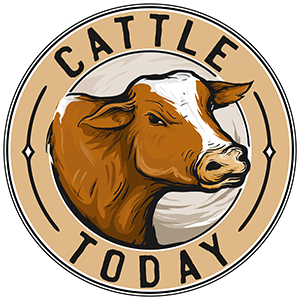jgn
Well-known member
I'm needeing some help. Lately I have several cows in my herd that are having snotty noses, labored breathing through their nose and seem to be breathing through their mouths alot, and are sneezing and rubbing their noses on anything they can find even have one that is running small tree branches up it's nose to scratch it, and are drooling some. Their body condition is good and they are still eating well and chewing their cud. They are in pasture of fescue, clover of several varieties, some orchard grass and other mixed grasses. They travel with the other cows throughout the day and are acting normal except for the above symptoms. Any ideas on problems that could be causing this. Any suggestions would be greatly appreciated.
Thanks, Greg
Thanks, Greg
